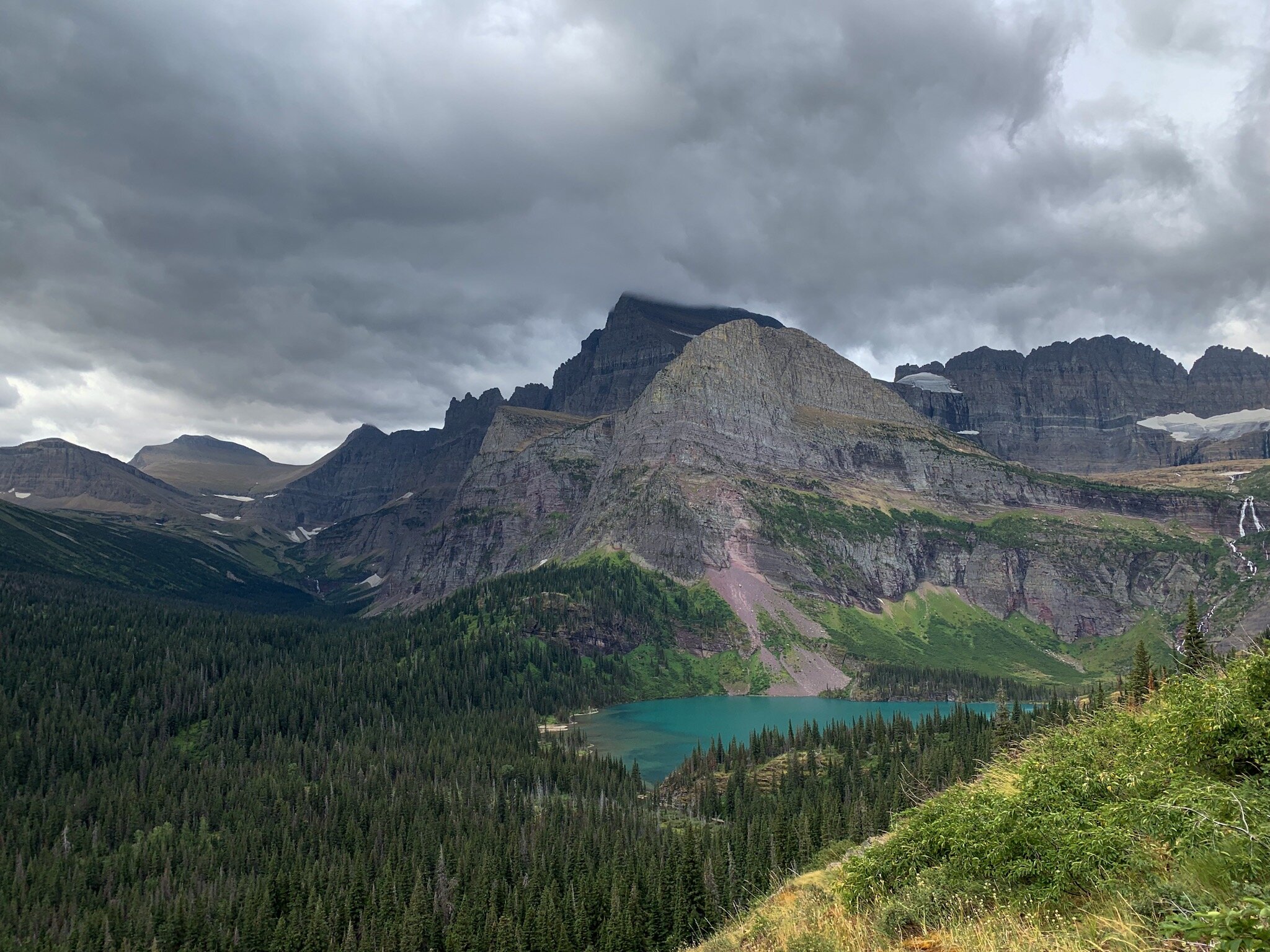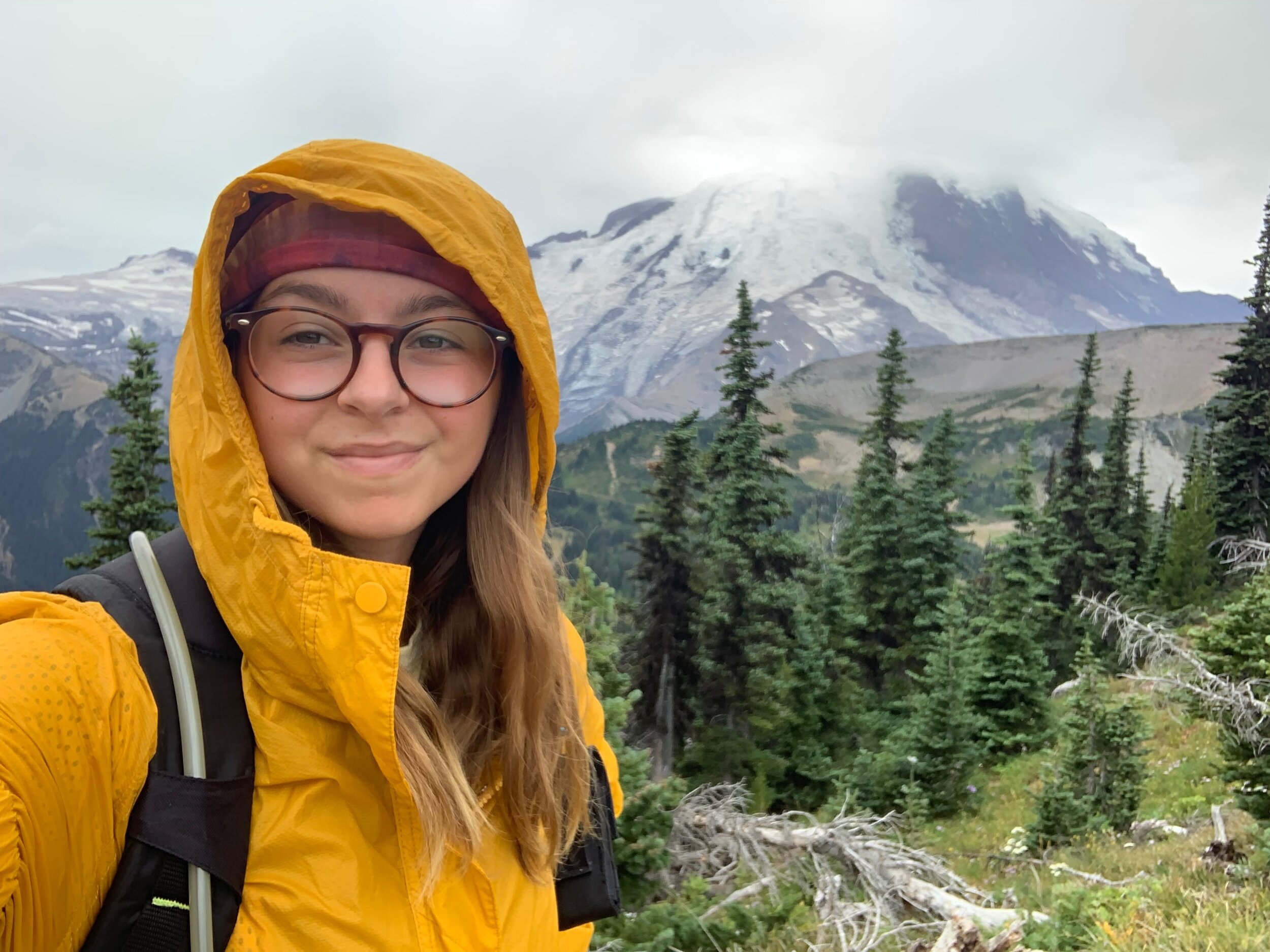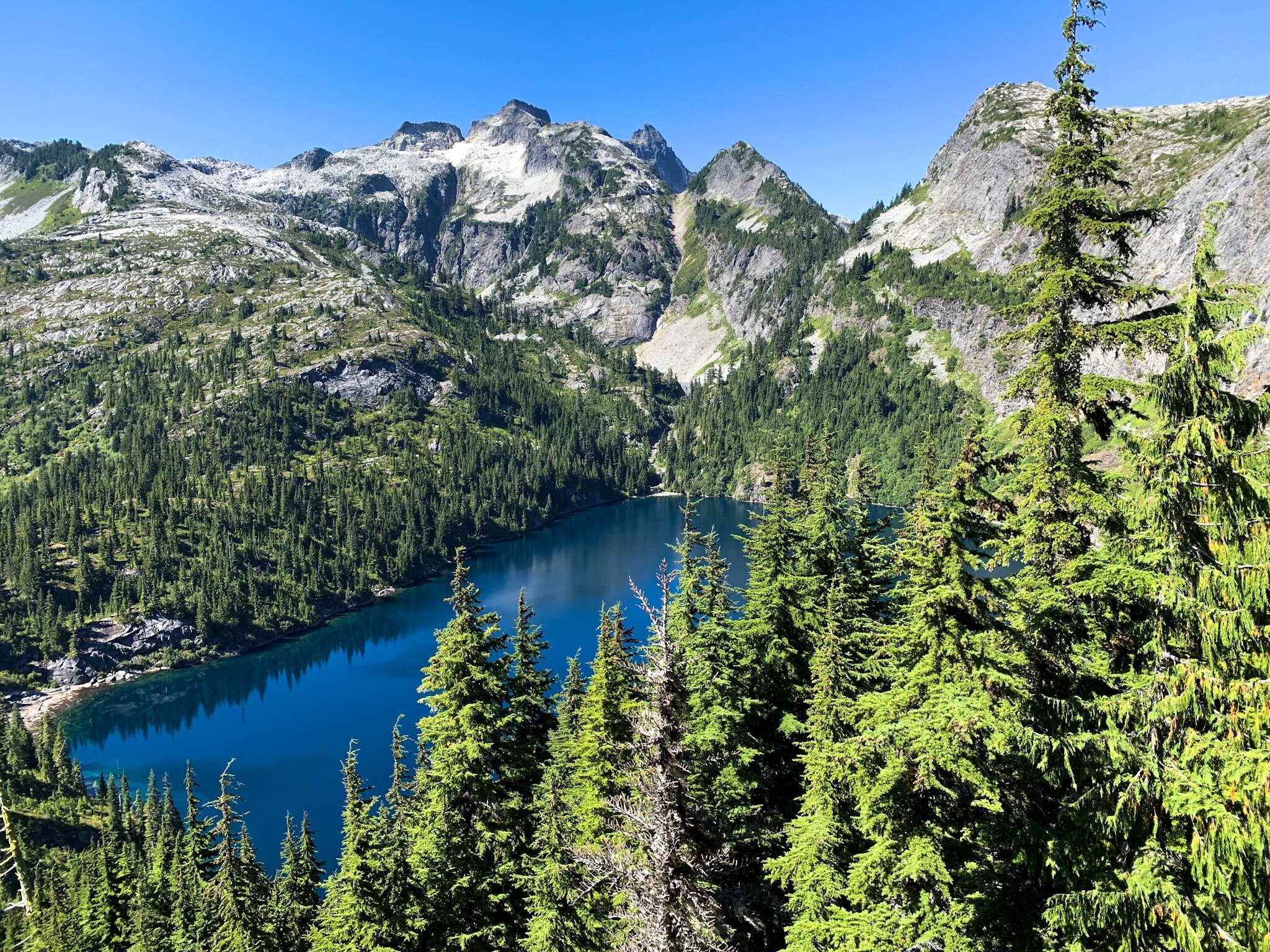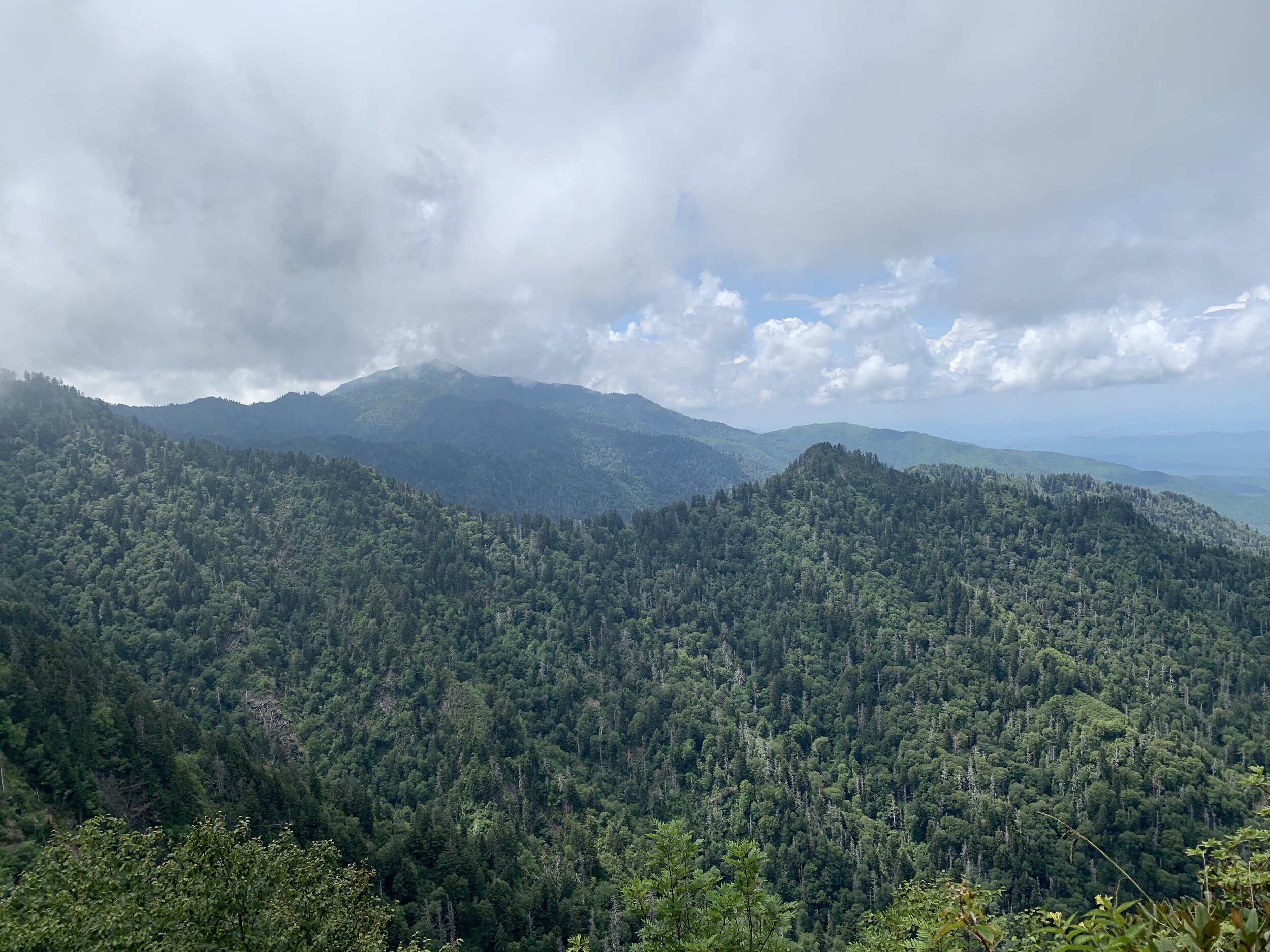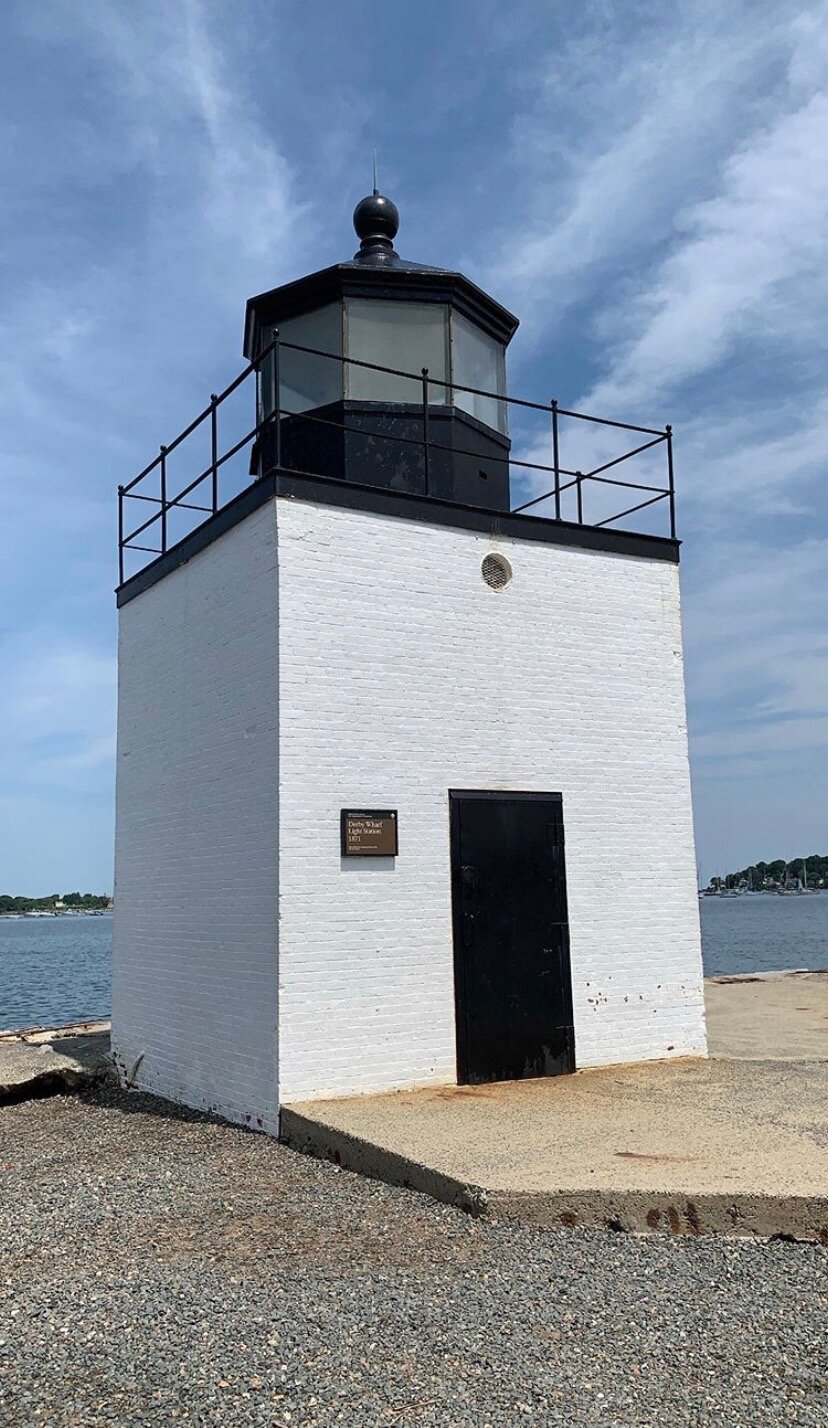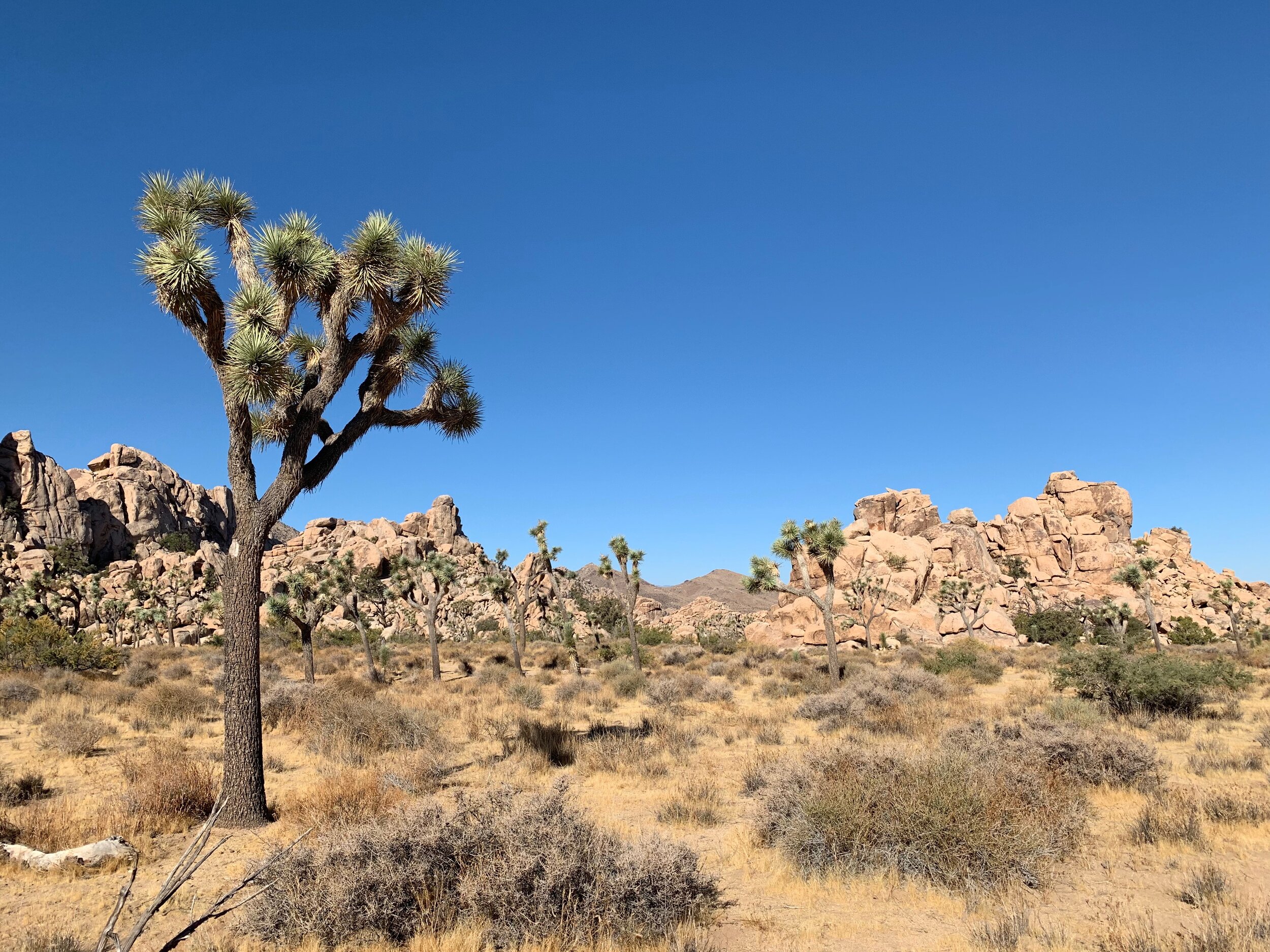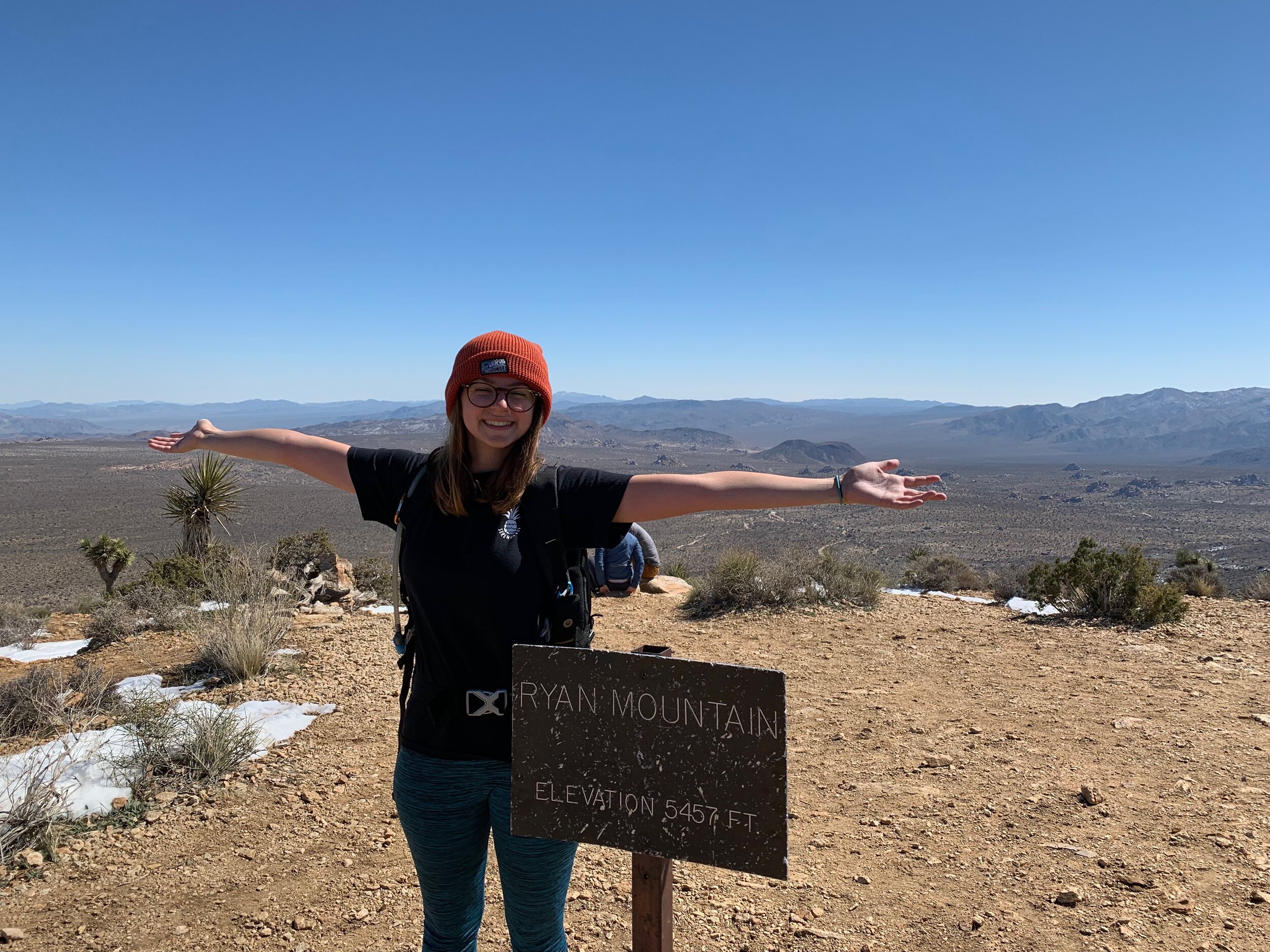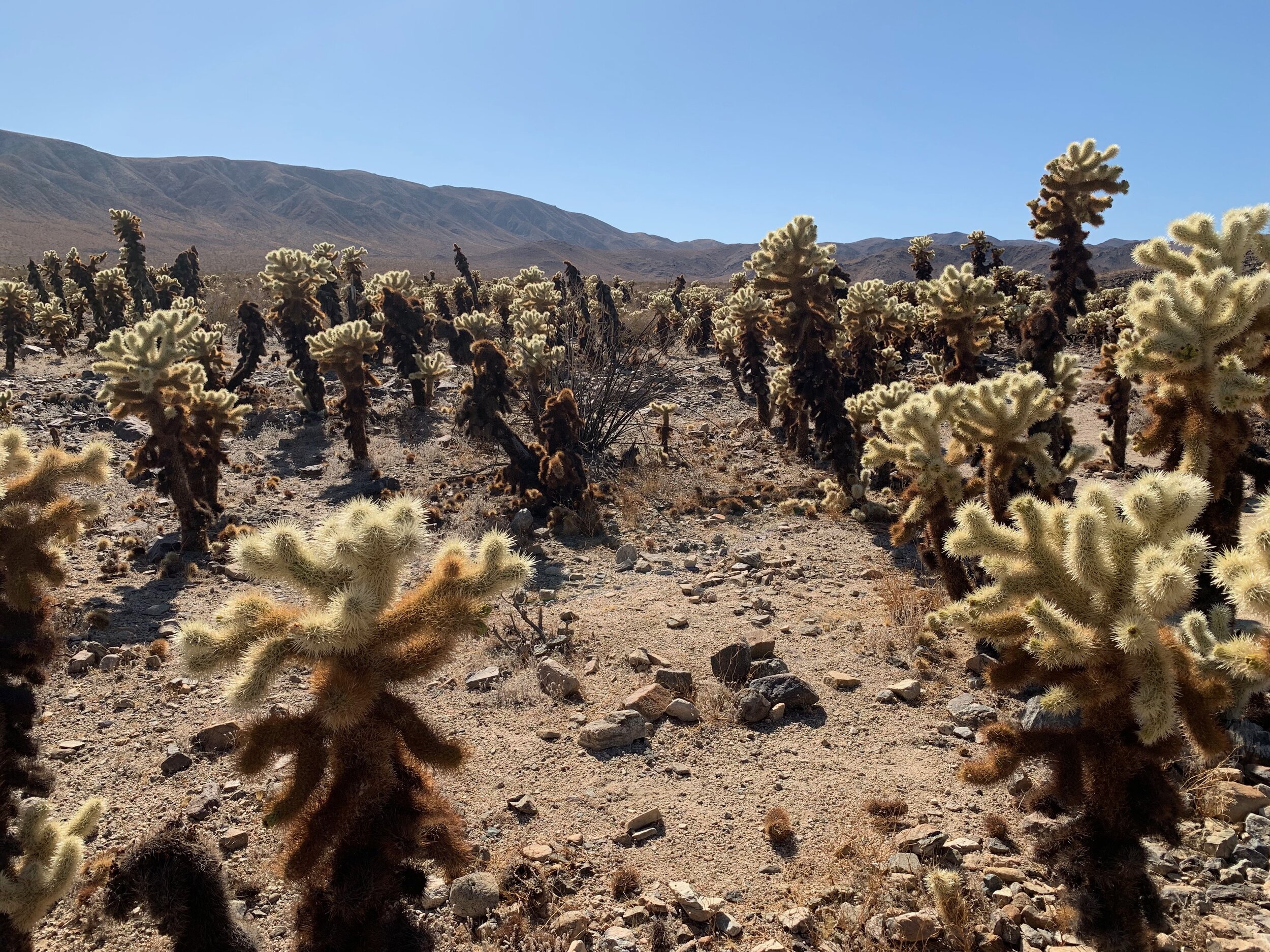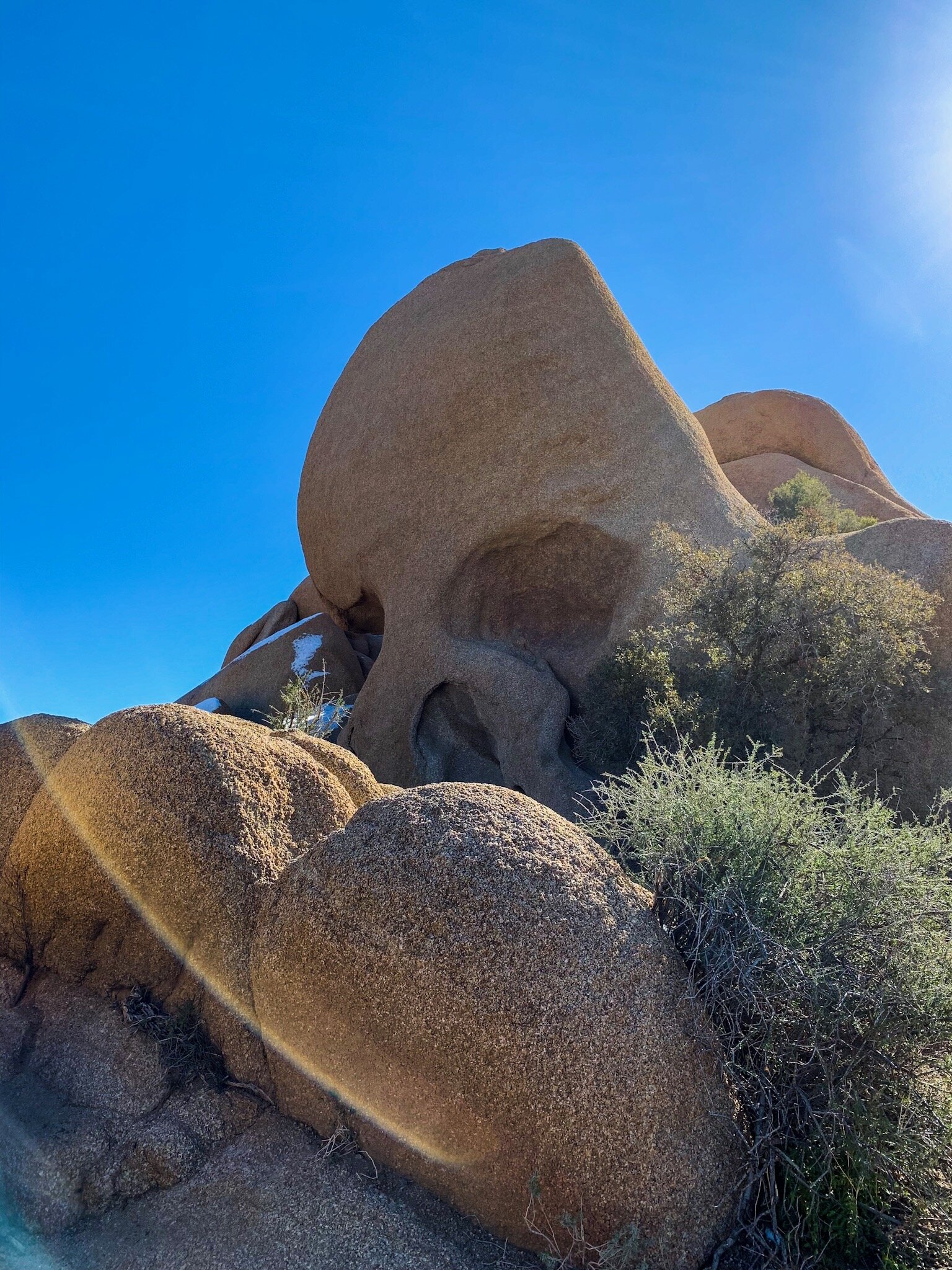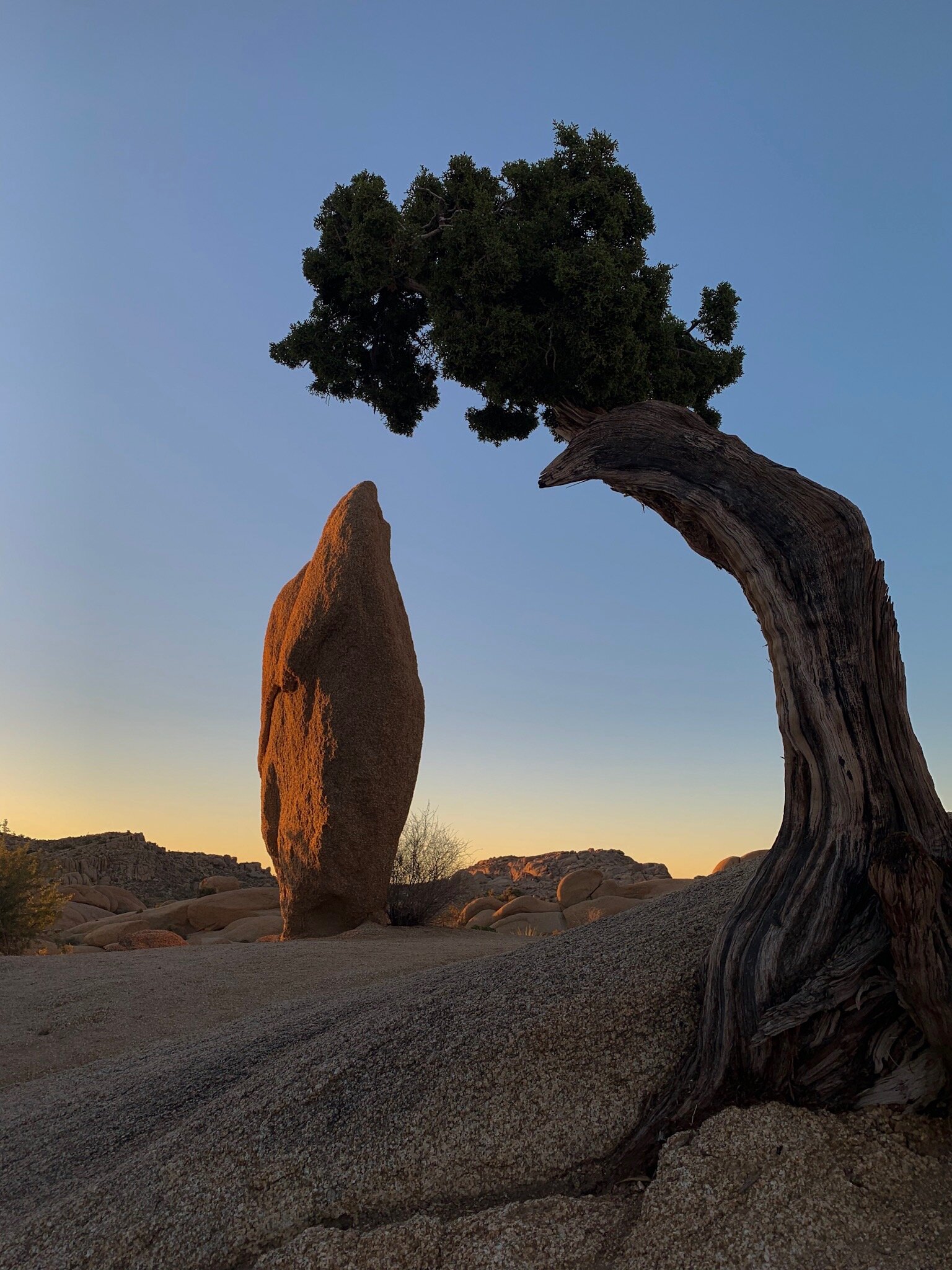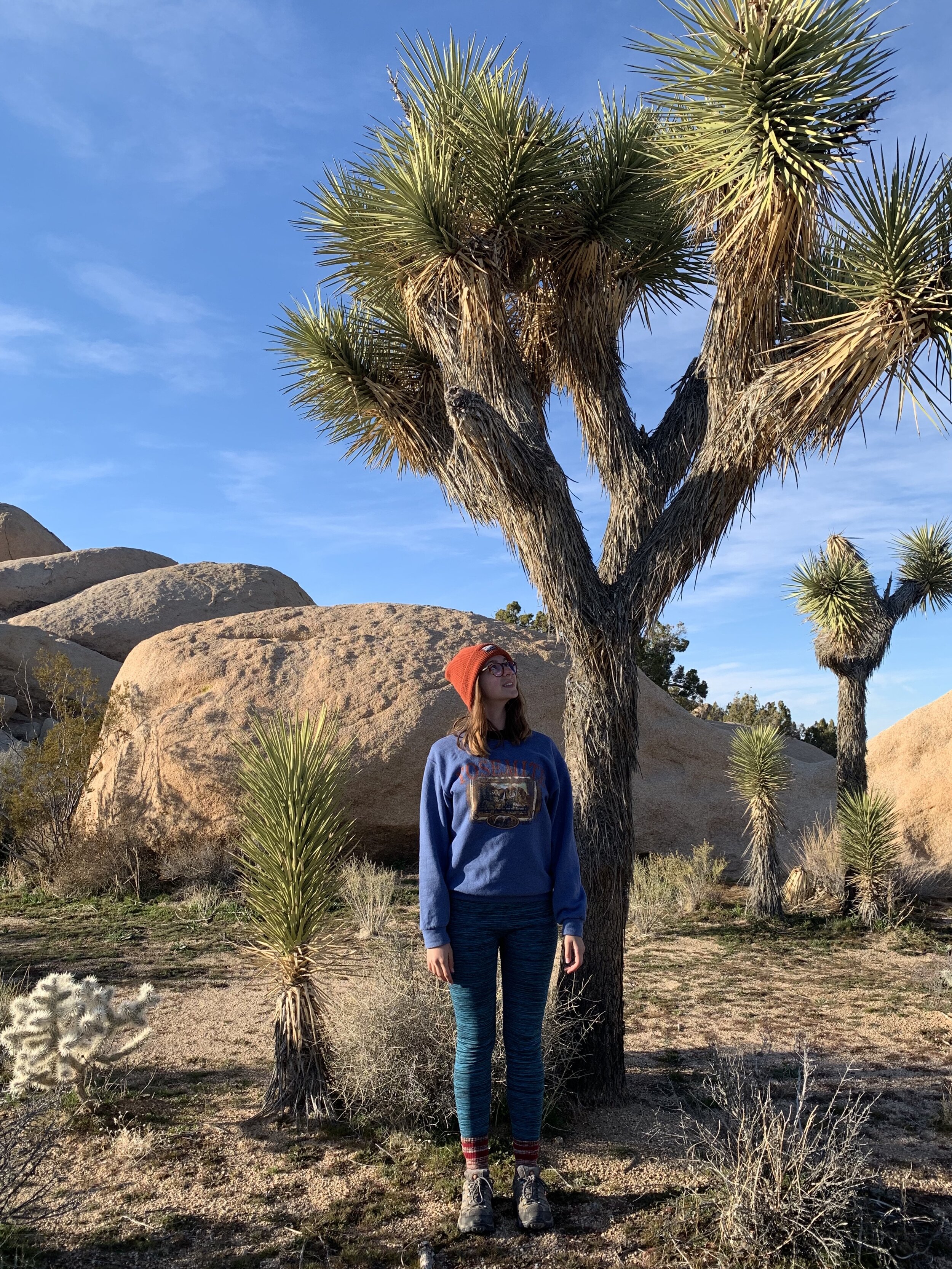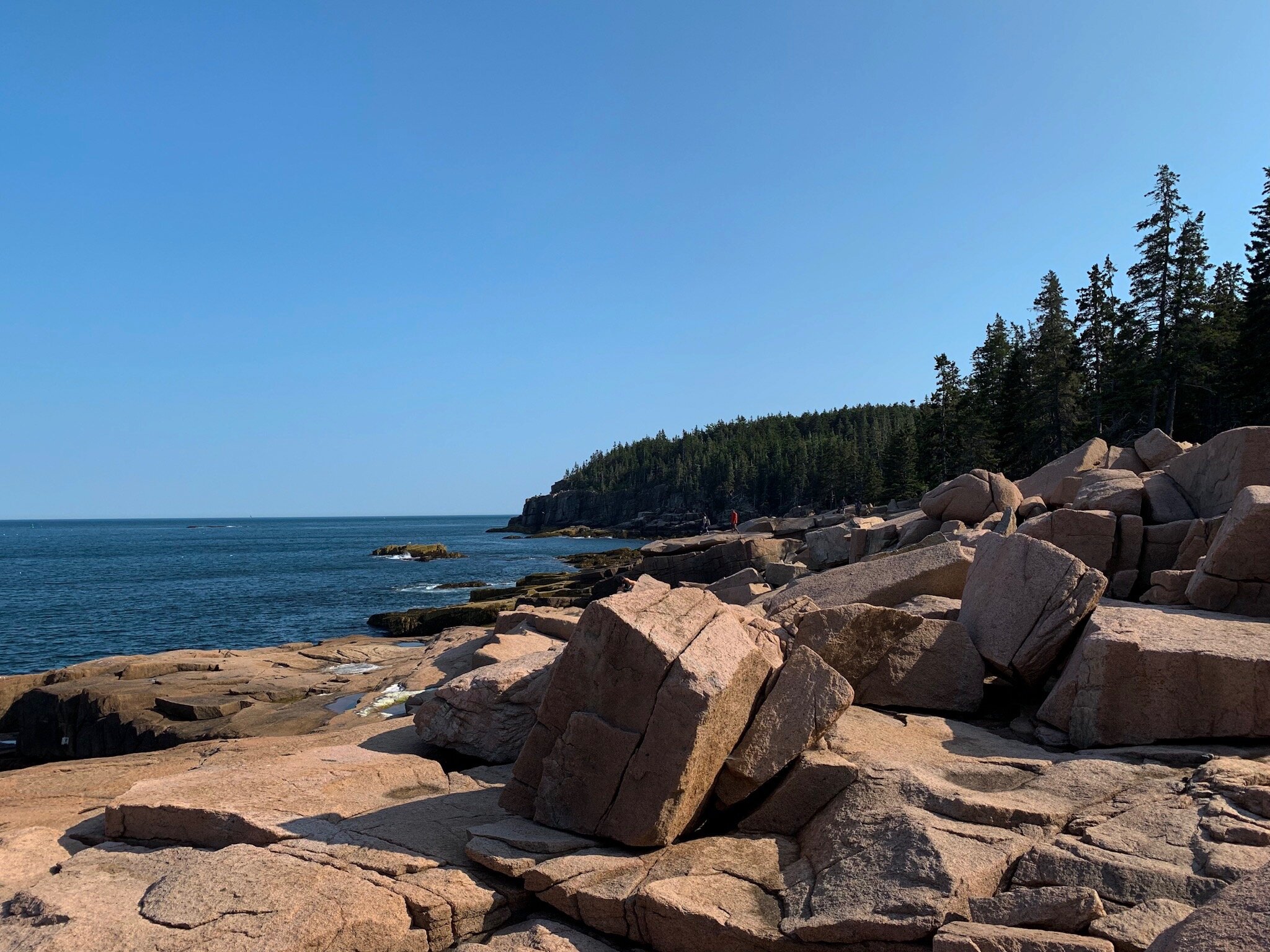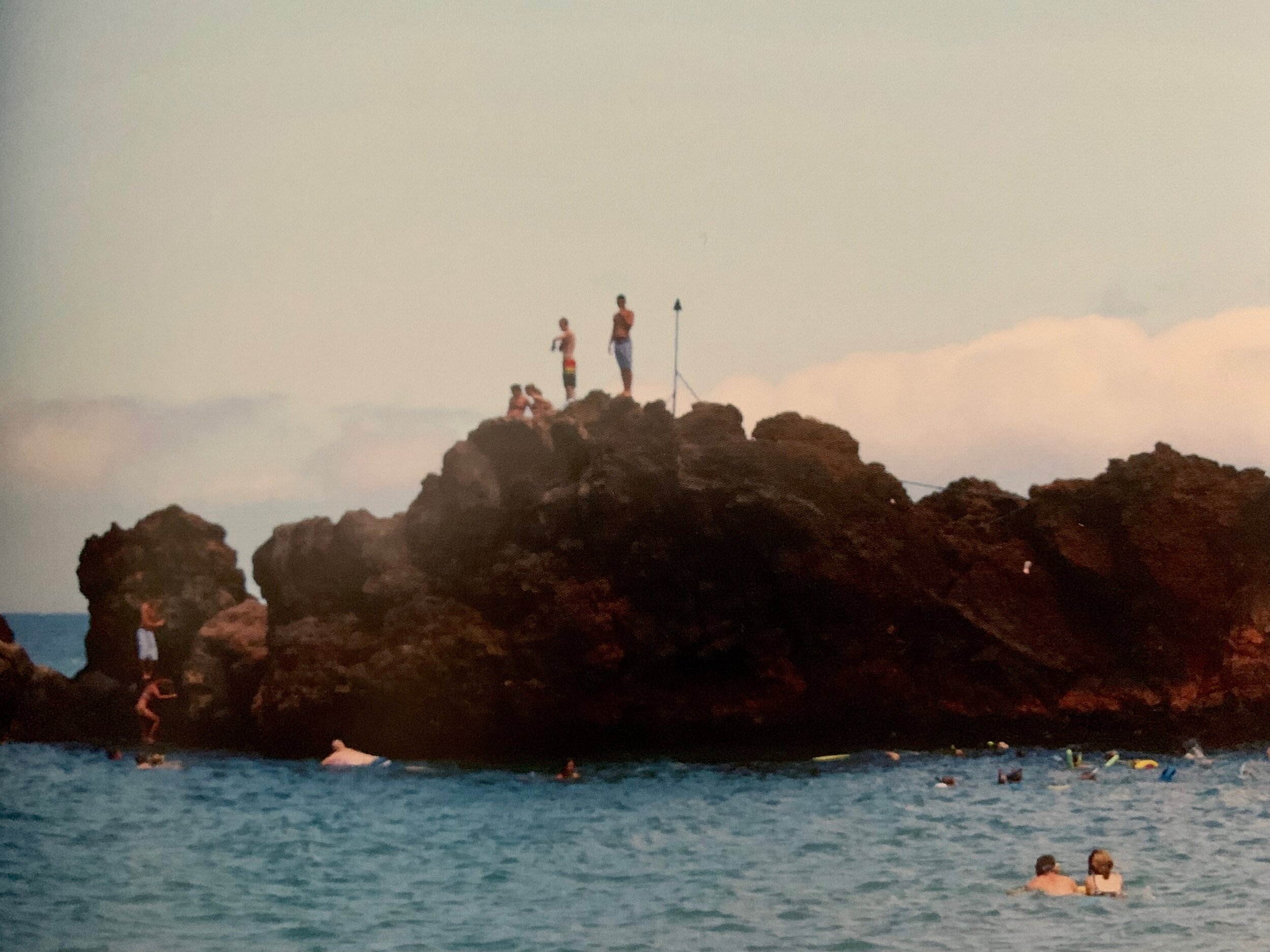We all love our dogs so much, and we’d like to bring them everywhere we go, but the sad truth is, America’s Best Idea isn’t a huge fan of Man’s Best Friend. While most of the big and famous National Parks such as Yellowstone, Glacier, and the Grand Canyon don’t allow dogs in most areas of the park (although they are allowed on the paved Rim Trail in GCNP), there are some Parks that may surprise you. I’ve visited more than half of America’s National Parks, and as a self-proclaimed dog enthusiast (or so says my insta bio), I’m always looking out for where I might be able to return later in life with my own pup. National Parks are tricky when it comes to traveling with a dog, but these are three I definitely wouldn’t miss if your dog is your travel partner.
(Since my dog is actually a family dog, he was unable to join me when I visited these parks when I was driving across the country. I did meet plenty of pups on the trails though, and it was a breath of fresh air after being away from home for so long).
North Cascades National Park, WA
Shenandoah National Park, VA
I wasn’t expecting it, but Shenandoah had quite a few dog friendly trails. Of course, dogs are always allowed in campgrounds on leash, but I was happy to see plenty on the Doyle River Falls trail. This is a great trail that leads you to three waterfalls, all of which you and your dog are allowed to swim in. You can go as far as you want on this trail, but the best waterfalls are the last two. It’s definitely a great option if you and your pup want to cool off on a humid day. Since this trail is pup-friendly though, it’s definitely not the only one in the park. Dogs are allowed on most trails in Shenandoah as long as they’re kept on a leash no longer than 6 feet. As with any National Park, though, make sure that you respect wildlife, and do keep your pups off of trails that have heavy wildlife traffic like Old Rag. This is a larger national park, so give yourself plenty of time to explore!
Shenandoah National Park, VA
Acadia National Park, Maine
I was surprised to learn that Maine’s beautiful Acadia National Park is dog friendly! I’d already fallen head over heels for this perfect combination of pine trees and Atlantic Ocean, so knowing that one day I can return with my future best friend makes me so happy. Acadia is known for its ocean access, but it also has over 100 miles of dog friendly trails where pups are allowed on leashes no longer than 6 feet. The only place you can’t camp with your dog in Acadia is Isle Au Haut and Duck Harbot, but dogs are allowed in the other campgrounds run by the NPS here in Acadia. While Acadia is known for its beaches, dogs are unfortunately not allowed on Sand Beach, but that doesn’t mean there isn’t plenty of dog friendly ocean access in this island park.
Acadia National Park, ME
North Cascades National Park, WA
This is easily the most dog friendly National Park I’ve been to. It simply hasn’t changed the rules for the areas that are National Park land because it’s so interspersed with National Forest land, which is run by the USDA, instead of the NPS. Because of that, dogs are allowed on most trails here, and I saw at least three during my little walk in the woods out to Thunder Creek, a longer trail that you can follow to a number of peaks, depending on how many miles you feel like putting in. The most popular peak on this trail lies at only 1.5 miles and ends at a glacial river which you and your dog are welcome to splash around in.
Read more about North Cascades HERE!
North Cascades National Park, WA
Surprising places in other parks:
· Rialto Beach in Olympic National Park, WA
· Various spots in Theodore Roosevelt National Park, ND
· Mirror Lake Loop, Yosemite National Park, CA
It’s also important to mention that as these are National Parks, it’s important to adhere to “no dog” rules. If a trail says dogs aren’t allowed, they’re not trying to control you, it’s simply for the safety of your dog and other animals. Make sure you perform tick checks after taking your dog on any of these trails, and bring plenty of water for them on any hike you decide to do. Most importantly, have fun, and get ready for a wagging tail when your dog realizes he gets to come with you.
We all love our animals, so it’s only natural that we’d want to help others that are less fortunate than our furry best friends. To support animal sanctuaries around the US, shop ethical apparel at Wholesome Culture!














